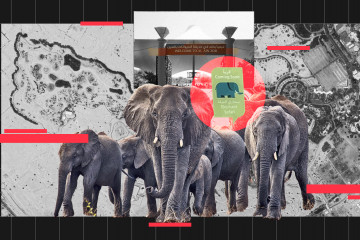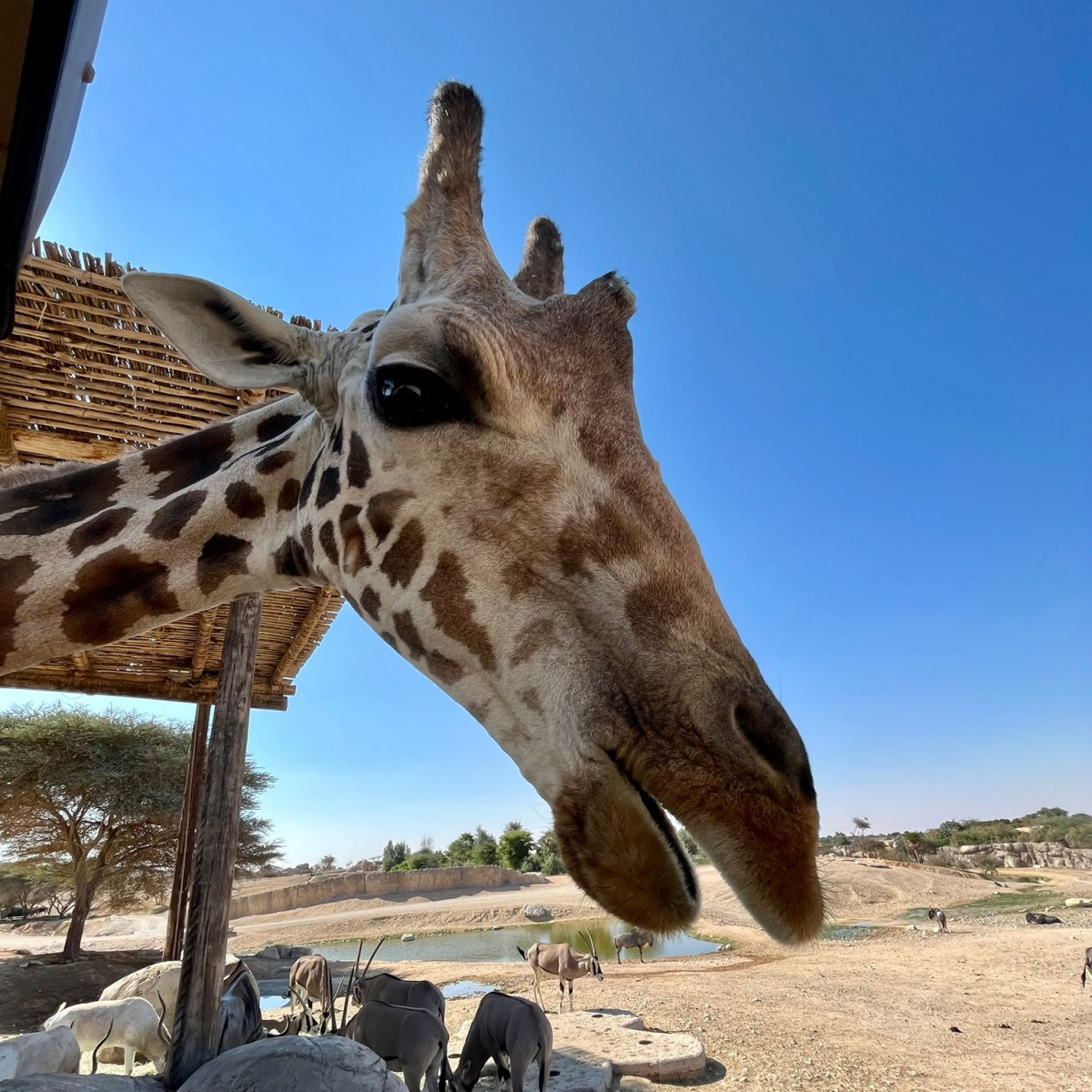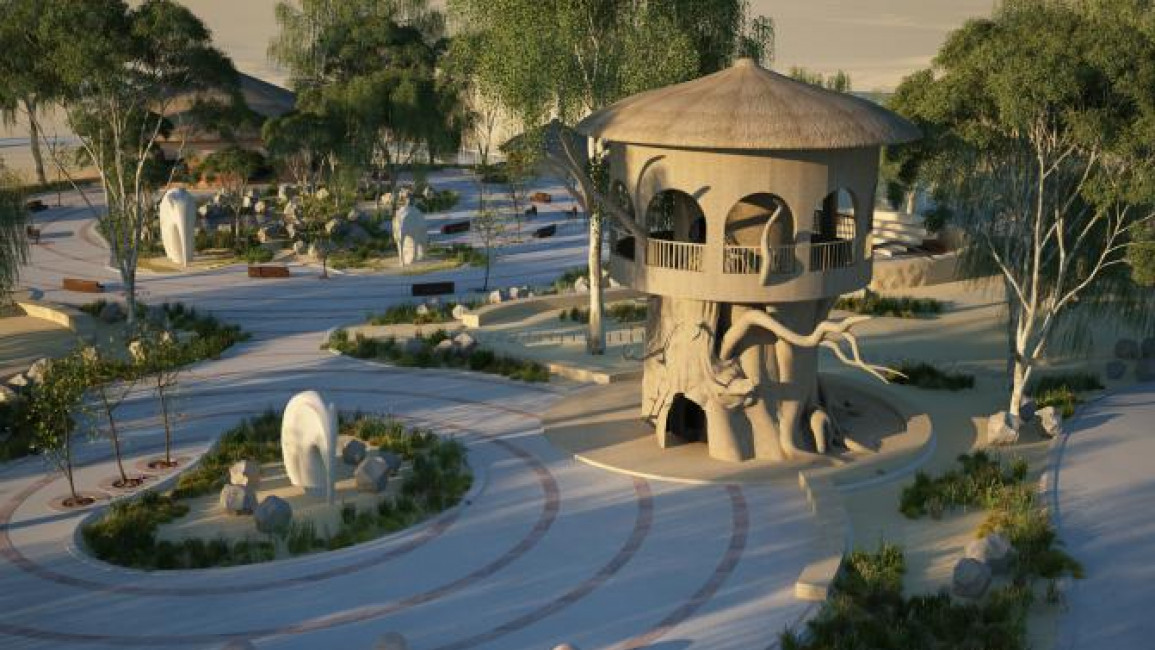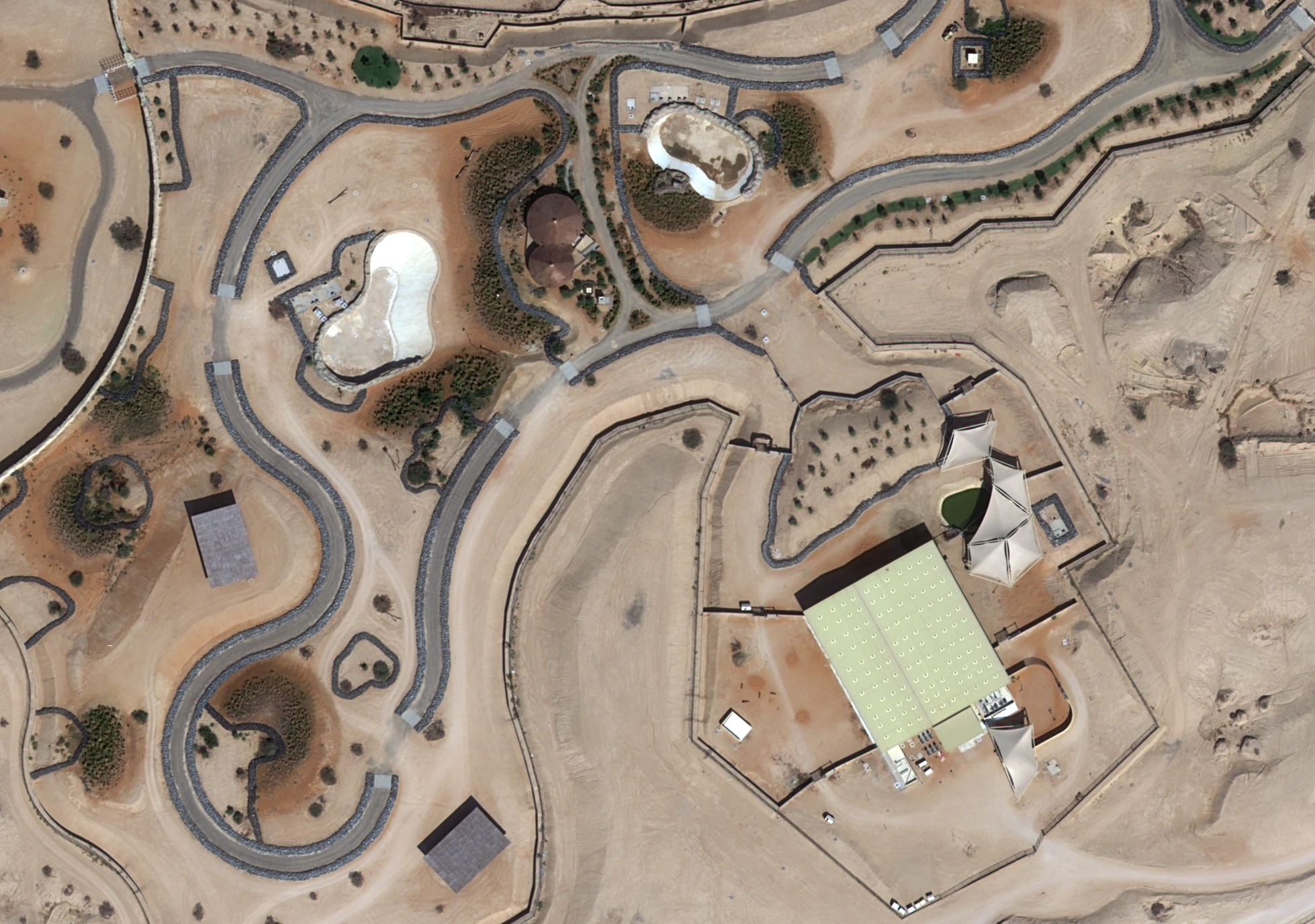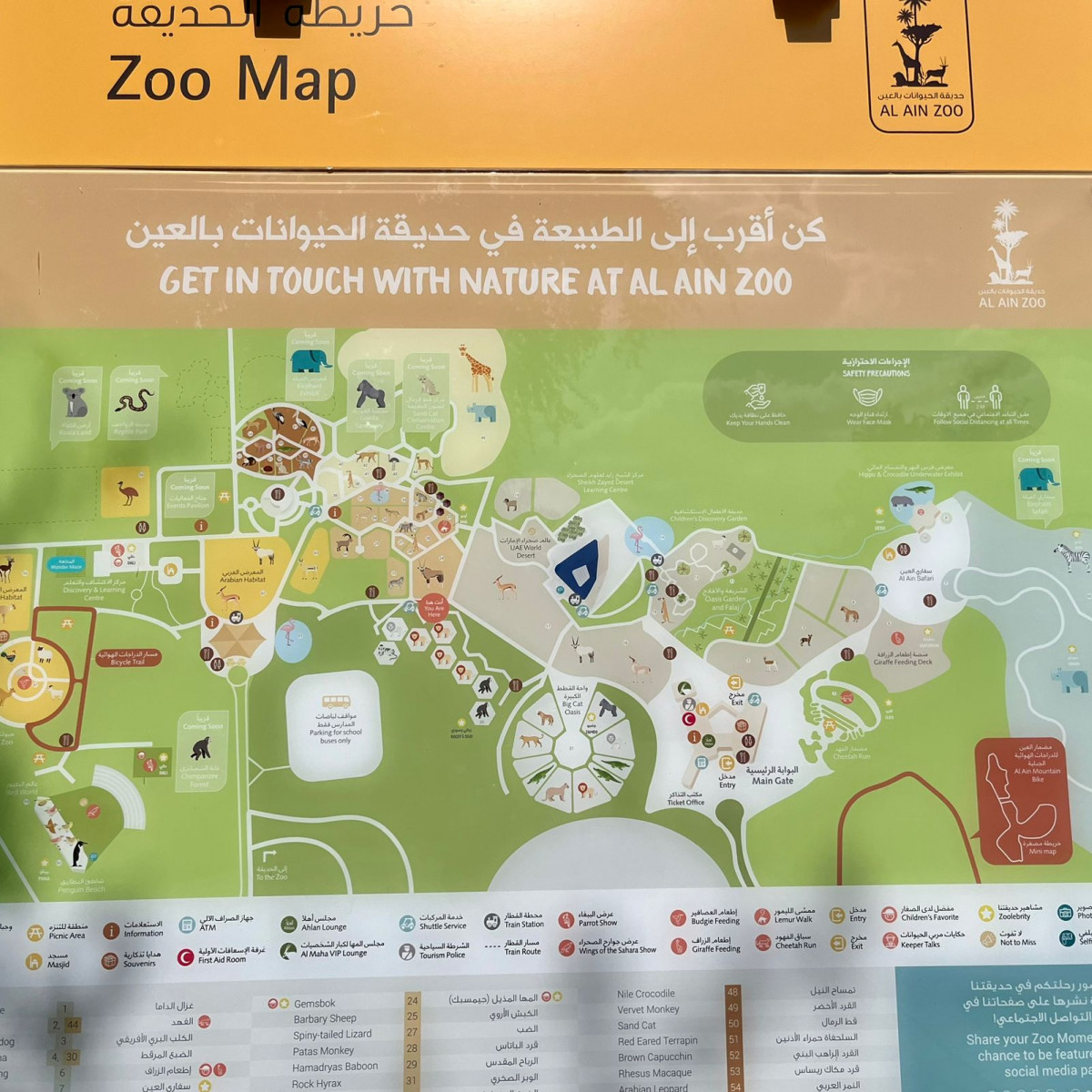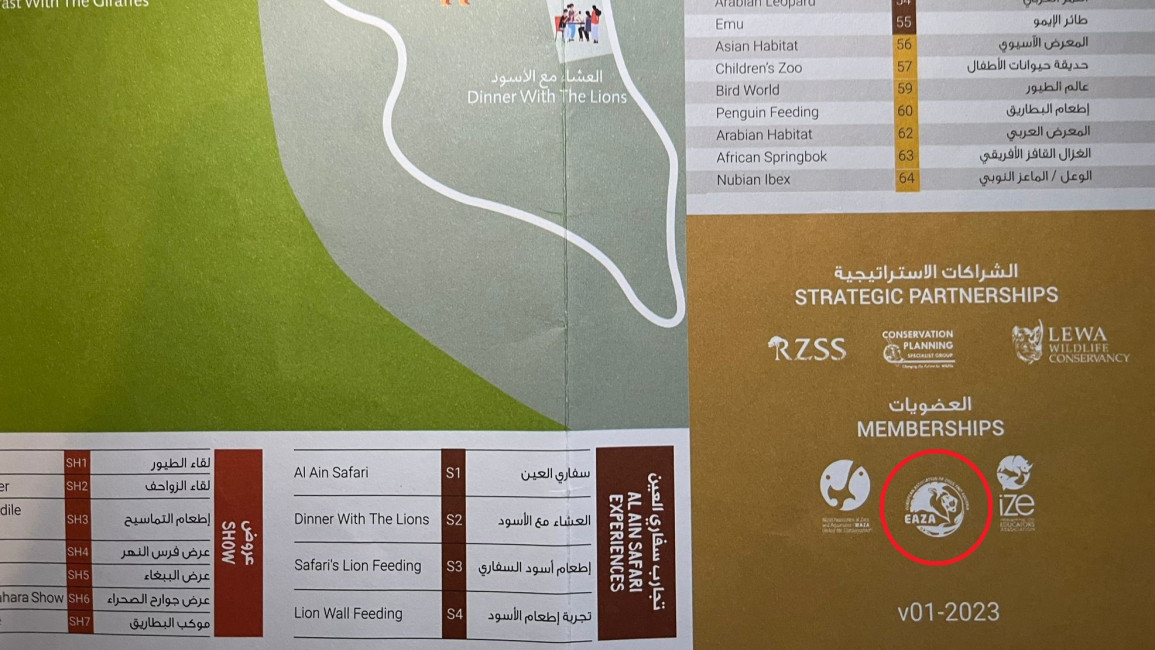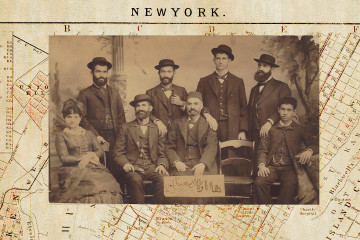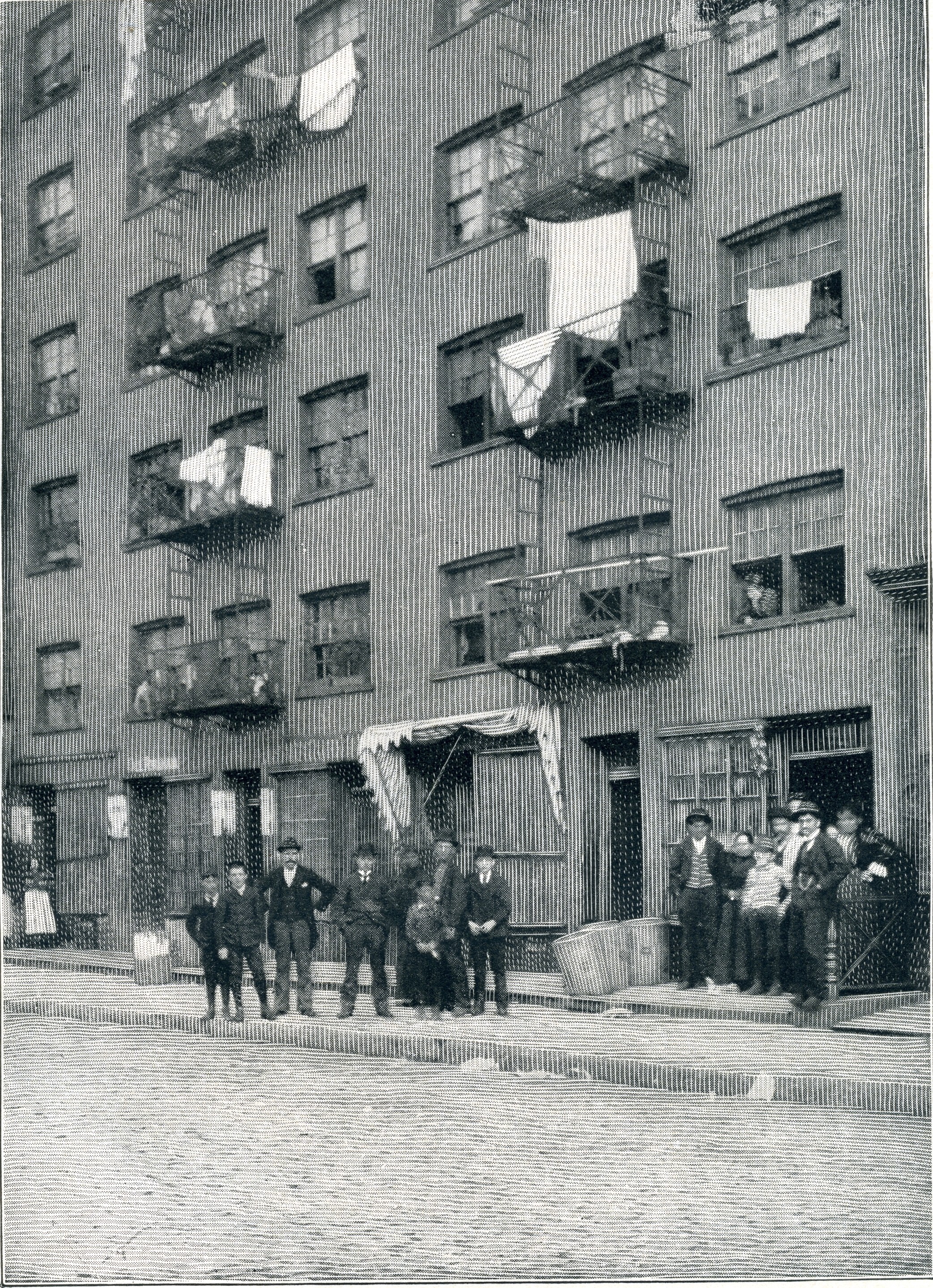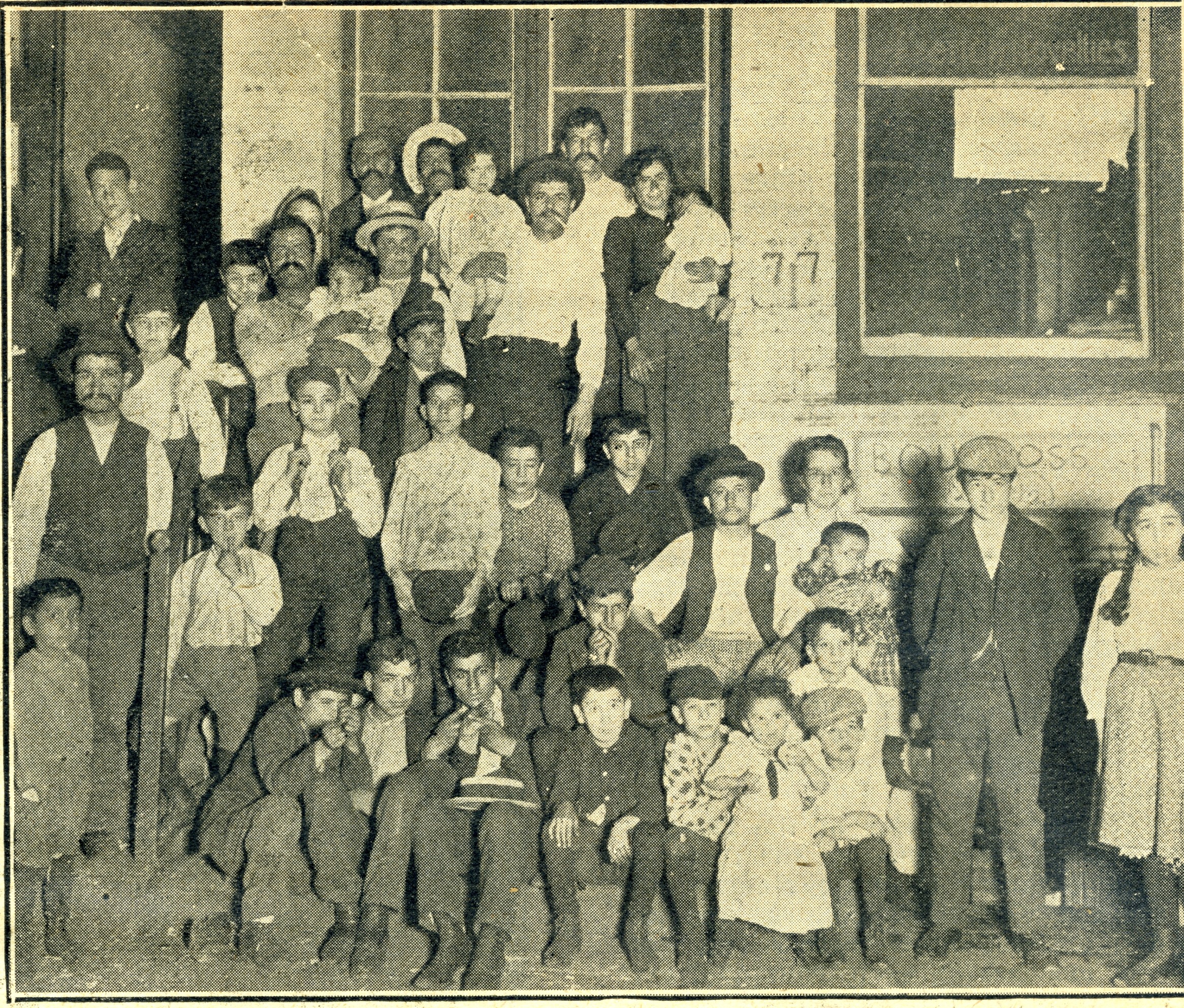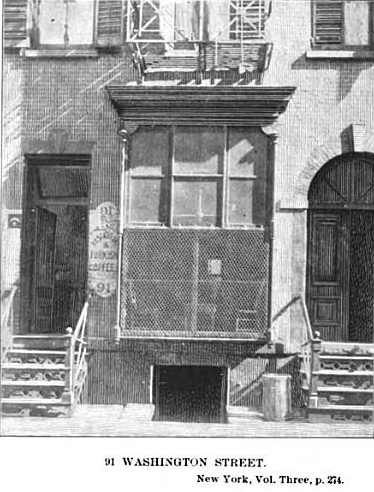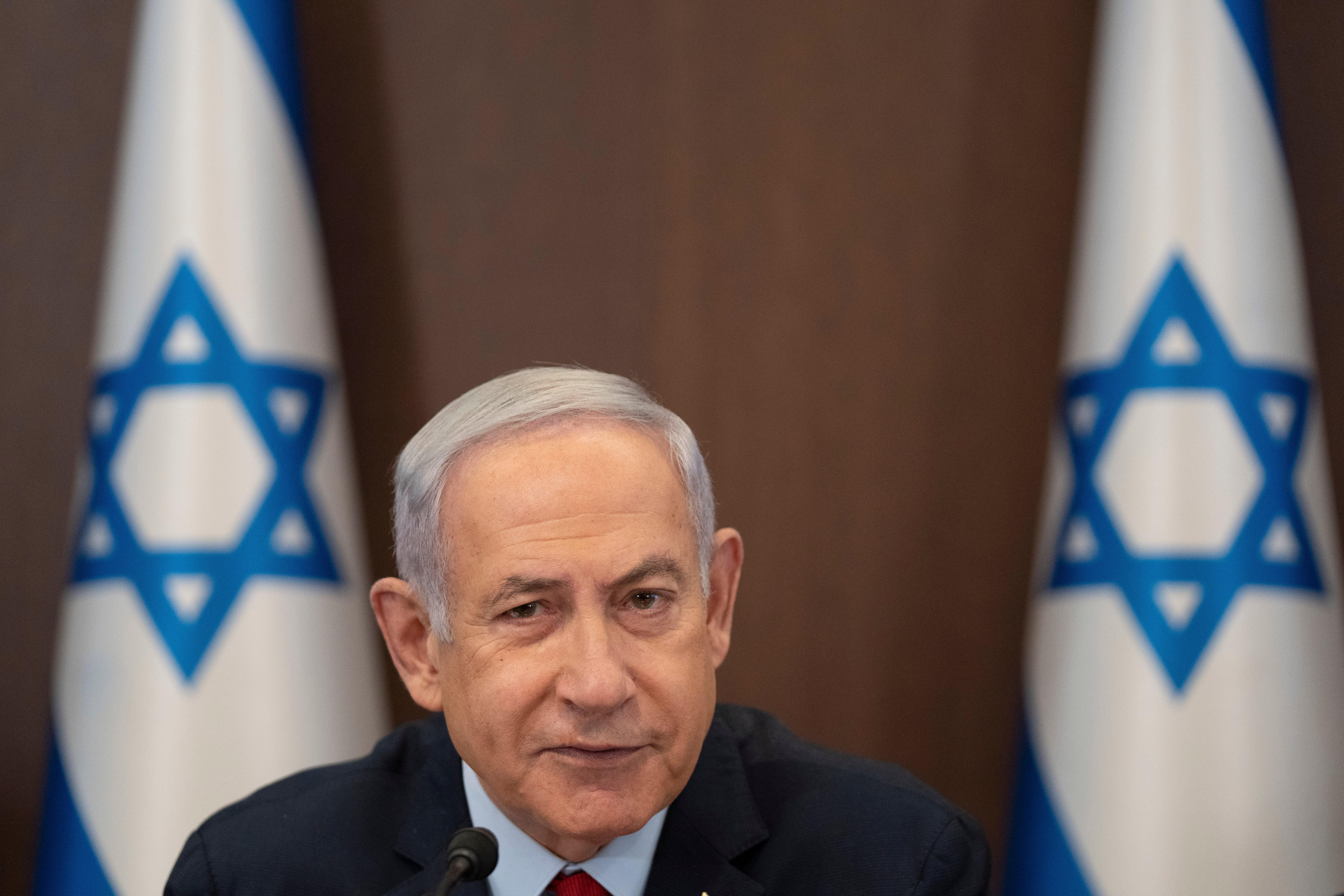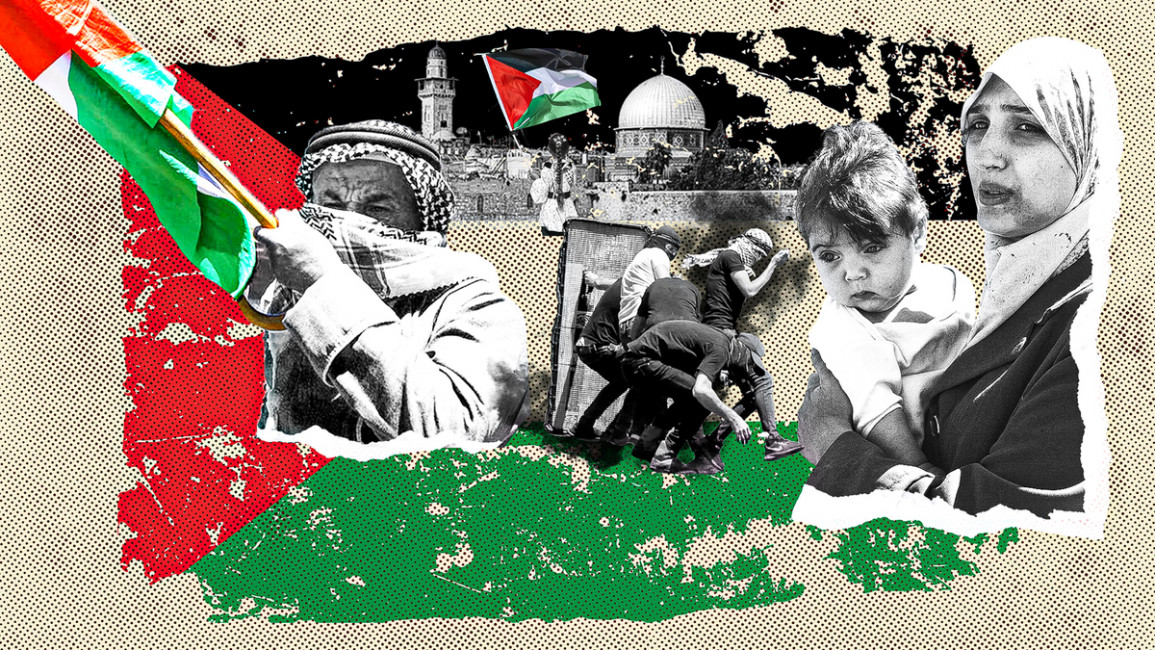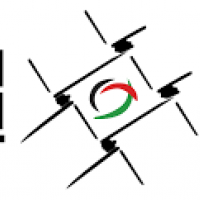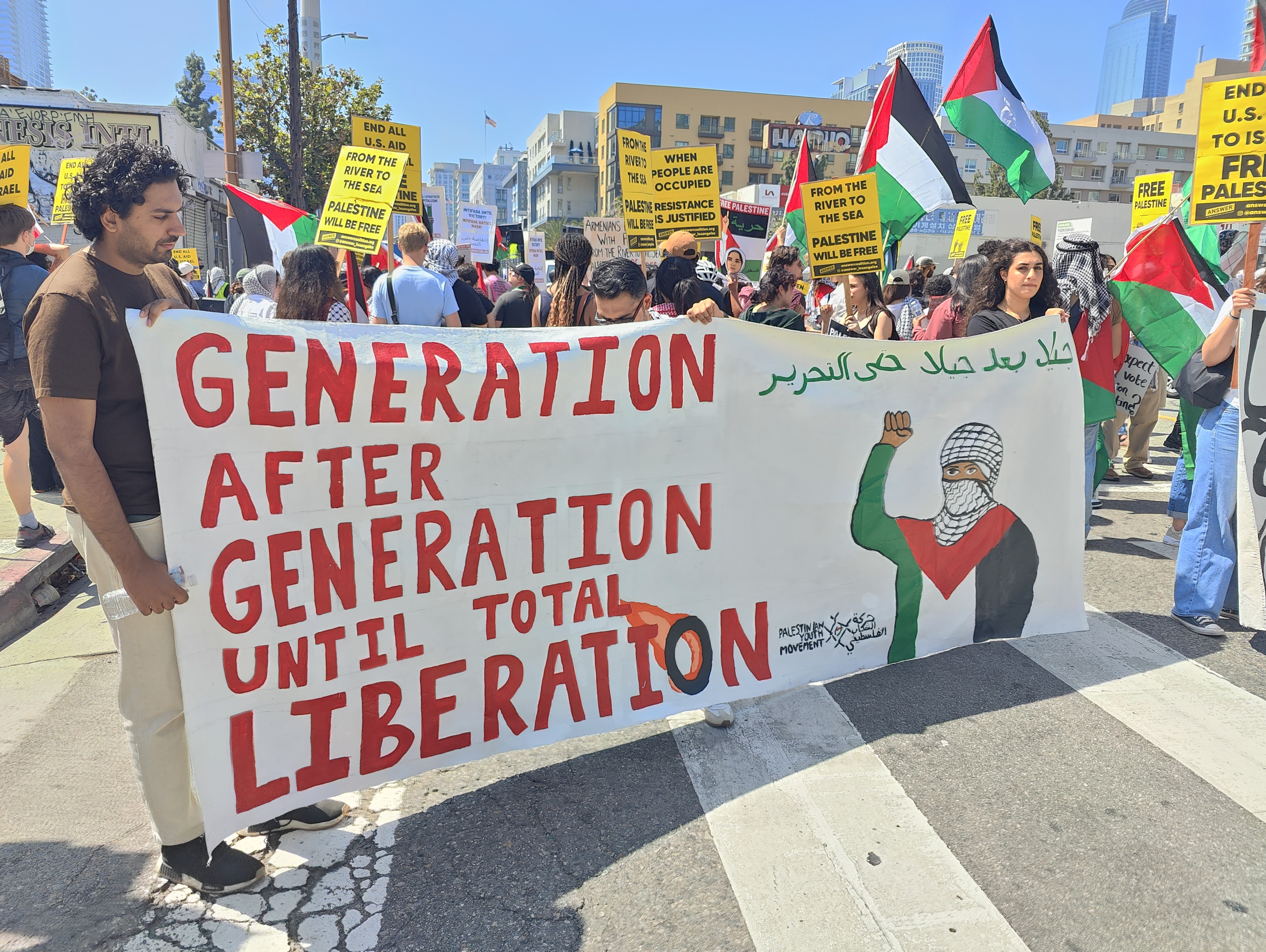
Muhammad Shehada
14 June, 2023
In 1995, the New York Times eagerly interviewed Palestinians in Gaza to highlight the freedoms the Oslo peace accords had brought them.
Instead of an optimistic feeling of joy and progress, "prison" was a common word Palestinians used to describe their confinement in the small densely populated enclave and inability to move to - or even visit - the occupied West Bank.
Israel’s closure of Gaza has been incrementally developed since at least the early 1990s. While Israel was making peace with the Palestine Liberation Organisation (PLO) with one hand, in 1993 it was building a separation barrier around Gaza with the other.
Even when the White House had pressured Israel to open a safe passage between Gaza and the West Bank and a Palestinian airport in Gaza in 1998-1999, the Israeli government closed both down about a year later at the earliest possibility.
Years of fluctuating restrictions and closures led a prominent Israeli sociologist Baruch Kimmerling to conclude in 2003 that Israel has turned Gaza into “the world’s largest concentration camp ever”.
"Israel's closure of Gaza has been incrementally developed since at least the early 1990s. While Israel was making peace with the PLO with one hand, it was building a separation barrier around Gaza with the other"
Apartheid in action: A blockade before Hamas
When former Israeli Prime Minister Ariel Sharon’s unilateral “disengagement plan” came up in 2004, its stated goal was all about demography rather than security.
Sharon’s Deputy, Ehud Olmert, bluntly explained that a solution to the conflict and occupation is unlikely, which means Palestinians might eventually move towards “a struggle for one-man-one-vote,” and that would be “a much cleaner struggle, a much more popular struggle – and ultimately a much more powerful one”.
Hence, Olmert emphasised the need for addressing “the demographic issue with the utmost seriousness and resolve” by unilaterally cutting Gaza off from the equation.
Furthermore, Sharon’s top aide asserted that the Gaza disengagement primarily aimed to “freeze the peace process” and prevent “the establishment of a Palestinian state”. This made it necessary for Israel to isolate about half the occupied Palestinian population to prevent a one-state solution where Jews become a minority, and locking Gazans up in a cage became the solution.
RELATEDIn-depthJessica Buxbaum
In fact, the policy’s original name was the ‘Separation Plan’, but Sharon had to change the name because “separation sounded bad, particularly in English, because it evoked apartheid”. Olmert also made clear that the disengagement would allow Israel to strike Gaza’s population even harder.
Indeed, Israel retained full control over Gaza’s air, water, and ground spaces as well as telecommunications, electricity and the entry and exit of indispensable goods after the ‘withdrawal’.
Instead of opening Gaza to the world and making it into ‘Singapore’, Israel’s disengagement plan deliberately and openly sought to isolate the enclave, including cutting Gaza’s labour force from Israel and denying Gazans access to the West Bank.
This exacerbated an economic recession from Israel’s previous years-long restrictions that the World Bank called “among the worst in modern history”.
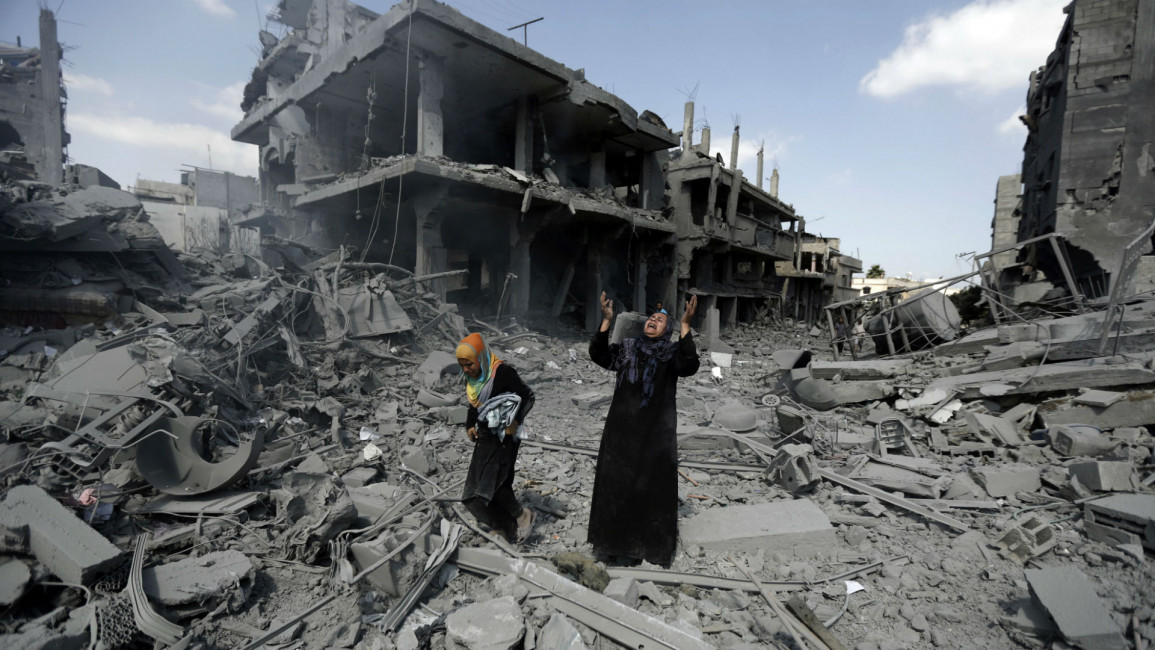
The blockade: Putting Gaza on a diet, indefinitely
Israel’s blockade on Gaza is remembered to be a result of Hamas seizing power from the Palestinian Authority (PA) in June 2007. However, the ongoing closure of Gaza started more than a year before and the siege was officially announced three months after Hamas' takeover. The naval blockade wasn’t declared until 2009.
Israel’s preceding decade-long isolation and restrictions on Gaza, culminating with a destructive ‘disengagement’, dramatically rendered the PA dysfunctional and created a dire humanitarian situation.
This in turn helped Hamas significantly in the 2006 parliamentary elections, an outcome Israel immediately used to further besiege Gaza. “There is no question that the disengagement from Gaza strengthened the Hamas and weakened [the PA]” admitted the IDF former Chief of Staff, Moshe Ya’alon, in 2006.
"Palestinians are stuck in a permanent state of non-life, or as Gazans call it 'slow death'"
Following Hamas’ win, then PM Olmert closed Gaza’s commercial crossing, Karni, and imposed a series of sanctions on the PA including withholding its tax revenues, calling the PA “a terrorist authority”.
His top aide, Dov Weisglass, then explained “the idea is to put the Palestinians on a diet, but not to make them die of hunger”.
Upon Hamas’ takeover in June, Israel sealed all of Gaza’s border crossings and reduced the fishing space from 20 to 6 nautical miles, but it wasn’t until September that the Israeli government declared Gaza a besieged “hostile entity” after the Islamic Jihad group fired projectiles on Israel.
It was never about Hamas
The blockade’s stated goal was “economic warfare” to collectively punish the population in order to turn them against Hamas and end the group’s rule. Israel even devised a calorie count of the bare minimum amount of imports needed to prevent Gazans from dying from hunger.
However, in 2008, it became clear Israel was starving, isolating, and immiserating Gazans with one hand while preventing Hamas’ collapse with the other. That year, PM Olmert admitted to transferring hundreds of millions of shekels every month to the Hamas government, mostly through currency exchanges for smuggled money.
RELATEDIn-depthSally Ibrahim
In 2009, Olmert refrained from dealing a “knockout blow” to Hamas during Operation Cast Lead because Israel didn’t want to reoccupy Gaza or hand it back to the PA; a strategy PM Netanyahu later made explicit in 2019, saying “I won't give [Gaza] to [PA president] Abu Mazen”.
Over the years, Israel developed a solid transactional relationship with Hamas by which the latter polices the blockade and prevents attacks on Israel during times of ceasefire and in return Israel eases some of its restrictions on Gaza.
In 2012, this relationship prompted Haaretz’s editor-in-chief to write “Israel Killed Its Subcontractor in Gaza” in reference to the Qassam Brigades leader whose troops were ensuring calm for Israel.
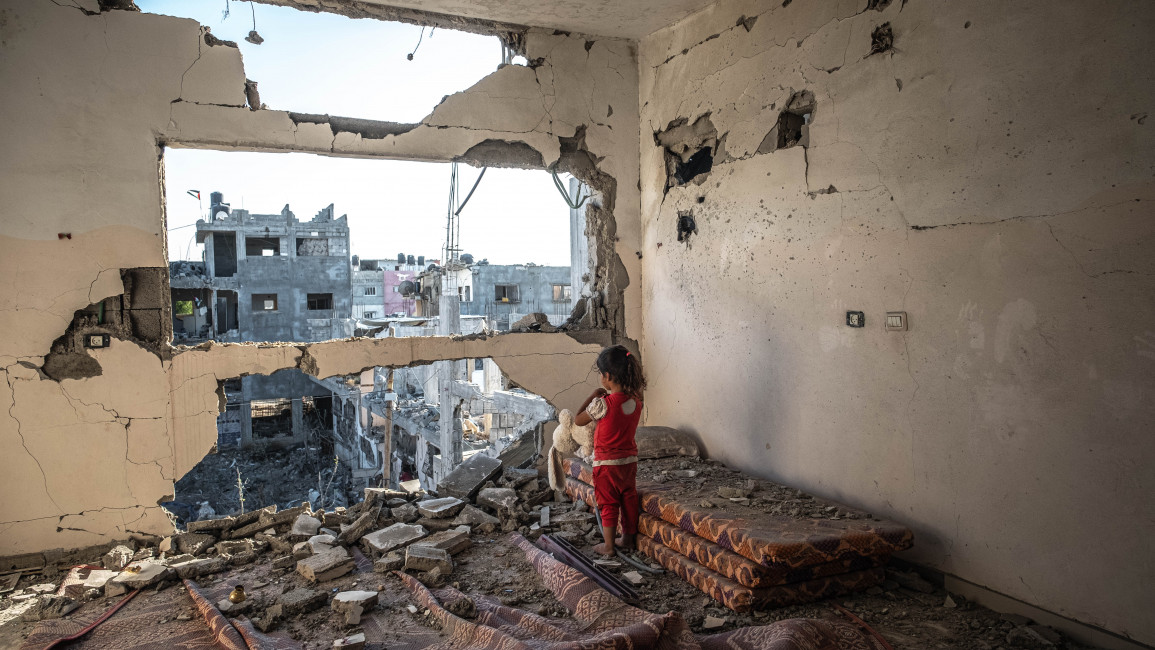
All about separation and isolation
In 2009, Hamas’ control and Gaza’s blockade allowed Israel to make official one of its most controversial policies that violate the Oslo Accords into virtual obsolescence. By military order 1650, Israel declared any Gazan in the West Bank an “illegal alien” and an “infiltrator” subject to arrest, deportation, or imprisonment for up to seven years.
Since 2010, Israeli authorities began to openly use the term ‘Separation Policy’ as a legal justification for restrictions on Gazans’ freedom of movement.
In 2019, Israel even started to allow Qatari cash to enter Gaza, which was intended to help needy families and provide aid, fuel, and government salaries.
Israel said it sought to stabilise Gaza, conditioned on maintaining calm, but the move had another dimension; to fuel the division and separation between Gaza and West Bank.
As PM Benjamin Netanyahu bragged “whoever is against a Palestinian state should be for” transferring the funds to Gaza to “keep Palestinians divided”.
This made clear that Hamas has been more of a pretext to justify Israel’s escalating collective punishment and isolation of Gaza rather than the actual reason for these extreme measures.
"Israel's siege has no clear endgame. There is no certain military objective or condition that, if achieved, would lead Israel to lift the blockade"
A permanent state of non-life
Israel’s transactional relationship with Hamas is limited to preventing Gaza’s total collapse, without allowing it to ever live or prosper.
Netanyahu’s then Defence Minister Avigdor Lieberman put it simply in 2018: “We allow them to keep their heads above water, but not beyond that”. His successor Benny Gantz boasted “We will not allow real and long-term development in the Gaza Strip”.
This means an average highly educated Gazan by the age of 35 has almost never been able to find a job, afford to fall in love and start a family, or put food on the table. In other words, Palestinians are stuck in a permanent state of non-life, or as Gazans call it “slow death”.
RELATEDIn-depthSahar Amer
Israel deliberately exploits the misery it created in Gaza to push its people to emigrate and leave the territory. In 2019, Netanyahu admitted to even working actively to find countries to absorb Gazan immigrants.
What makes this more troubling is that Israel’s siege has no clear endgame. There is no certain military objective or condition that, if achieved, would lead Israel to lift the blockade. It is, rather, an indefinite instrument to maintain the status quo of inequality and oppression in the occupied Palestinian territories.
Muhammad Shehada is a Palestinian writer and analyst from Gaza and the EU Affairs Manager at Euro-Med Human Rights Monitor.
Follow him on Twitter: @muhammadshehad2
